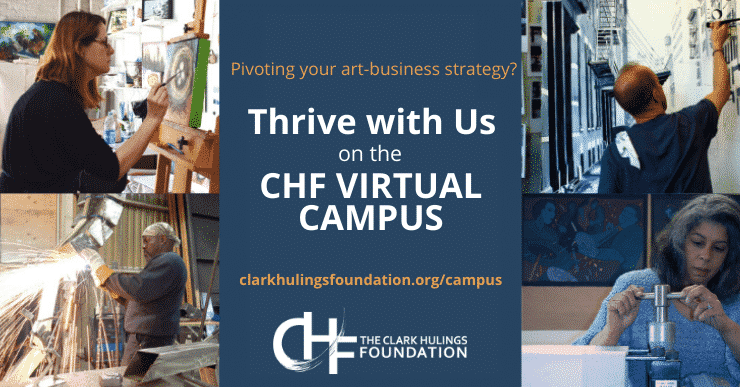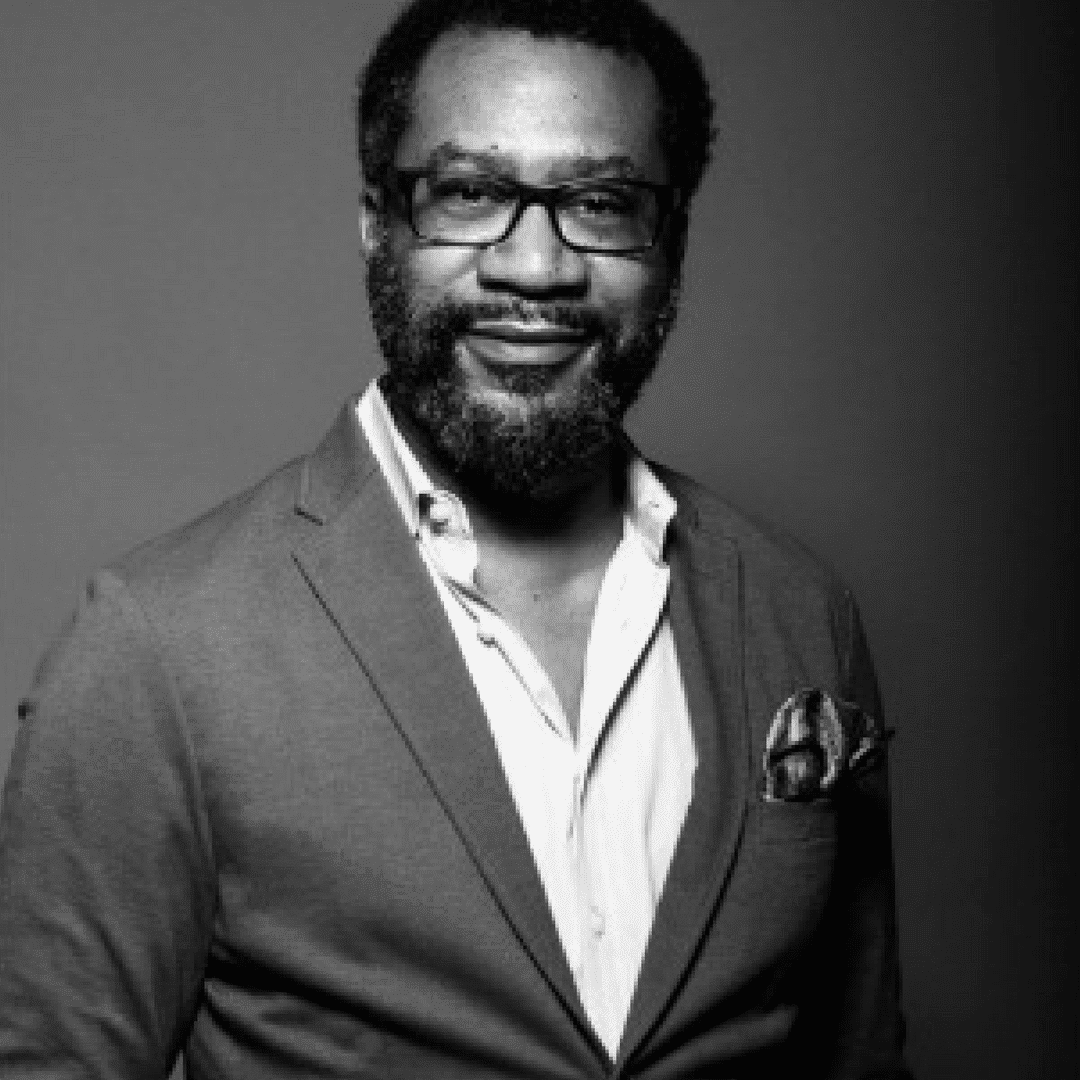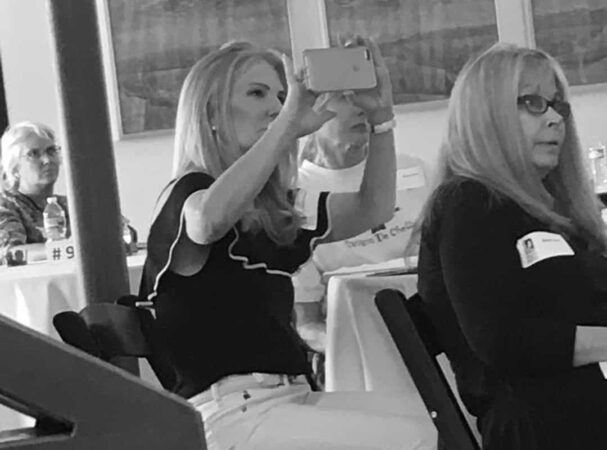Alexis Clements is a Brooklyn-based artist, journalist and documentary filmmaker. Her writing has appeared in The Los Angeles Review of Books, Salon, Bitch Magazine, The Brooklyn Rail, The Guardian, Nature, and she is a regular contributor to Hyperallergic. She has led workshops and moderated panels exploring labor issues within the arts. In this episode, Alexis and podcast host Daniel DiGriz discuss the economic realities of arts labor. Alexis provides a careful and nuanced examination of the forces impacting payment for visual artists, organizing efforts in the US and beyond, and philanthropy in the arts.
The myths about how artists make money:
- “There’s an enormous amount of shame around money, particularly when people aren’t earning a lot of it, and there’s shame around excess money—in the art world, you have both groups meeting up against each other: at the top you have people spending huge sums of money to purchase artwork, and at the bottom, people are ashamed to talk about money because they think they’re the only ones not making any.”
- “The art market is intensely unstable and variable for an individual artist—the stats about ‘the good years’ in terms of making money over the course of a career puts it at 2.2 out of 16 years. That’s how it works—you don’t get career retrospectives at MoMA every year, you get one.”
- “The artist’s income is incredibly variable, so you have to have something that builds stability, even if you’re the 1% artist–even for those artists, there’s instability.”
- “I just gave a talk where I mentioned the two primary myths of success in the arts. One: ‘In order to be successful I must make all of my money off of my creative output alone’, and two: ‘I should spend all my time on my creative output.’ Those are complete myths.”
- “Artists are trying to access the data and find out what the earnings are for artists—‘how much income is derived from creative work?’ is a particularly thorny question.”
- “There is a shame around making money off of swag or reproductions or something else that isn’t art—but that is making money off of art.”
The realities of funding in the arts:
- “Art is unpredictable, the kind of content that we really crave and want in art is often very provocative, and funders in the nonprofit space are excruciatingly risk-averse…this makes it very difficult for artists to access money to generate genuinely provocative work.”
- “Some great models I’ve seen in terms of philanthropy are people pooling resources together rather than individual funders, because the nonprofit system in the US—like the visual arts marketplace—encourages nonprofits and funders to think of each other as competition and that they need to put their personal mark on things.”
- “People have been trying to get rid of the NEA [National Endowment for the Arts] for a really long time….I hope everyone listening to this knows that when there are right-leaning people in power, the discussion becomes ‘let’s defund the NEA’—it’s an annual tradition.”
- “People respond to art because it’s insightful or mixes things up in exciting ways and most humans understand that it’s a form of innovation and it’s part of what makes art so important to our culture—what has happened is the proliferation of the ‘creative economy’ has cheapened the understanding of what creativity really is.”
On organizing for visual artists:
- “Artists are a constituency; by collaborating and communicating and by participating in professional organizations for your field, you are becoming an important body politic that can influence change.”
- “By aligning with other workers, you have a better sense of how you can actually affect change that will benefit you.”
- “What we’re talking about is solidarity—it’s very unlikely that artists will change legislation this month that will impact the payment structure of artists. But there are a lot of efforts that will help contingent workers—health care, for example–that would dramatically improve the conditions for all workers, including artists.”
- “The models are out there, they exist, and there’s potential for them to be implemented; the larger question is: what’s preventing those things? What’s standing in the way?”
Setting benchmarks in the visual arts market:
- “There are lots of different fields within the arts that do actually have effective benchmarking, to give artists and clients an idea of what to put in their budget—it’s the visual arts that has the least amount of benchmarking.”
- “A lot of people have been talking about artists’ income, but not always necessarily thinking of artists as workers, in that particular way.”
- “In order to have leverage as an employee, you need to have demand for your labor that is consistent and strong and the reality is that that has never really existed for the visual arts, unless you go back to Painter’s Guilds a long time ago—they did exist, they set prices, they had benchmarks, they were a closed shop; if you wanted to have a portrait painted, you had to go to that Guild and get your portrait. But that’s because the demand for that product was stable and clear and strong.”
- “I don’t think there’s a chance that we’ll change the marketplace of the visual arts in a way that gives visual artists a strong sense of leverage in that way—we can’t create a closed shop the way unions can, where everybody in the shop has to be in the union. But what’s really important is the work of groups like W.A.G.E. [Working Artists and the Greater Economy], and what CHF is trying to do, which is to collaborate with each other, to be transparent, to share information.”
On the lack of candor and transparency in the visual arts:
- “The way artists make money and spend money doesn’t fit easily into tax forms, and ultimately it’s those tax forms that are telling us what we know about people’s earnings.”
- “It has to do with the particulars of the economy that visual artists work within—the ways in which visual artists get paid, and the ways in which the work is in demand is very different from a lot of other artists and it goes back to that highly variable, highly unstable marketplace for the work of individual artists.”
- “It’s staggering what artists aren’t learning in a professional track; they aren’t having conversations about how to price their work, they have no idea that galleries discount work, they have no idea who’s marketing their shows, or what the expectations are around promoting their work is when they’re doing an exhibition.”
- “There is value in learning about arts, learning craft and technique, spending time with people interested in learning about an art form, but the problem is – people are pretending that everyone in that program will go on to be an artist, and we all know it’s not true.”
- “If we had richer conversations around what the value is of educating ourselves and what the framework should be for paying that, that would be more productive than saying that we should treat every artist in an arts program as if they were going to become a professional artist—because that’s selling people a bill of goods.”
- “The biggest problem is that higher ed. treats arts education as a vocational program, and that creates the expectation that graduates will go off and get a job, and it’ll be a good job, and that job will be an artist. It creates an expectation that ‘I should go out, earn a middle class income and benefits.’”
On success and failure:
- “We think that the only way to be successful as an artist is to make our living from art, when all indications are that virtually none of the artists around today and in the last 100 years have ever been able to sustain a bill-paying income from their art-making alone.”
- “If we all buy into the idea that ‘reception of my work equals monetary payment’, a lot of people are going to feel like failures. This comes back to that sense of shame in not getting paid, when in fact it’s a systemic failure.”
- “It’s really tricky when you tie your self-worth to your monetary earnings.”
- “The product an artist is making is not in demand in the same way that food is, or computers are. I don’t need your art to fulfill that need; I can make my own art. The reality is that, while arts are corollary to other industries, the product is tied to the person. The reason I talk about success is that artists’ work is tied to self-worth. Failing to sell is very different from personal failure.”
Sources
The Artist’s Reserved Rights Transfer and Sales Agreement
Indicting Higher Education in the Arts and Beyond
Lamenting the Demise of the Culture Class, Again
The Secret Recipe for Success In the Arts
What Are the Chances? Success in the Arts in the 21st Century








I like this show but this was a terrible podcast… you are called the thriving artist but you have a philosophical discussion about what success is for an artist and this lady who has health benefits and says that artists should just be grateful to be able to work…why is she on this show and how is this practical? Really demeaning to artists who do Not have health insurance and they actually want to make money from their art